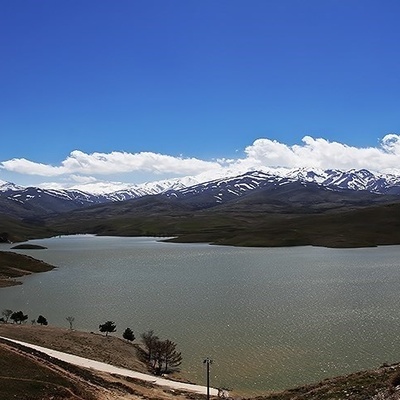SAEDNEWS: Ali Akbar Nategh-Nouri, in his memoirs, explores aspects of the life of the leader and the people of North Korea. He speaks of a leader who avoided traveling by airplane throughout his entire life. Kim Il Sung used to say: "A wise person does not ascend to the skies to place himself at the mercy of something he cannot later control."
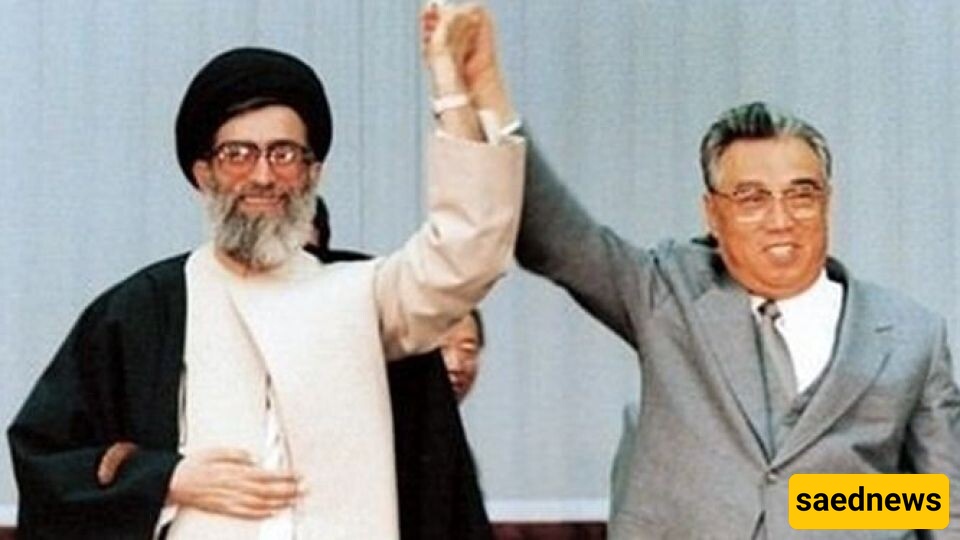
According to the Political Service of the analytical news website SaedNews, Nategh Nouri writes about his trip to North Korea in May 1989: Following the trip to China with Ayatollah Khamenei, who was still president at the time, we went to North Korea.
Mr. Kim Il Sung, the leader of North Korea, whom they called the Great Leader, was a cautious and peculiar man. He had never traveled by airplane in his entire life, not even when he wanted to go to the Soviet Union. He traveled there by train, which took seven days. He used to say: “A wise person does not go up there [in the sky] to put himself at the mercy of something that he cannot later control.”
In North Korea, it was customary not to greet guests at the airport. The question arose why Kim Il Sung did not come to welcome us. The entire delegation went to their residence in maroon-colored Mercedes-Benz 190 cars, and Ayatollah Khamenei was taken to the palace for Kim Il Sung’s reception.
If one wants to describe what North Korea is, it must be said that it is a huge military camp. All people, men and women, young and old, soldiers, when a guest arrives, are automatically organized into specific battalions by a command.
All of them, holding flowers, cheer and welcome the guests. Every day in the capital, we saw people on sidewalks and in parks wearing military uniforms and practicing ceremonial welcomes and military maneuvers in a coordinated way.
Another interesting feature of North Korea’s capital was its streets. In the middle of the street, two yellow lines marked a wide section. When we asked what this yellow line was, we were told this area was reserved exclusively for Kim Il Sung’s car and no one was allowed to cross it. This boulevard section had no curb or elevation.
In North Korea’s capital, there were old communist aristocratic buildings with tall doors, resembling Achaemenid architecture. They also had a hotel where it was said that Kim Il Sung, the Great Leader, ordered: The hotel that America built in New York, the world’s tallest hotel, how many floors does it have? The answer was 104 floors. Kim ordered a 105-floor hotel, taller than this American hotel, to be built. They started it quickly and built this hotel. They also made a very advanced subway system.
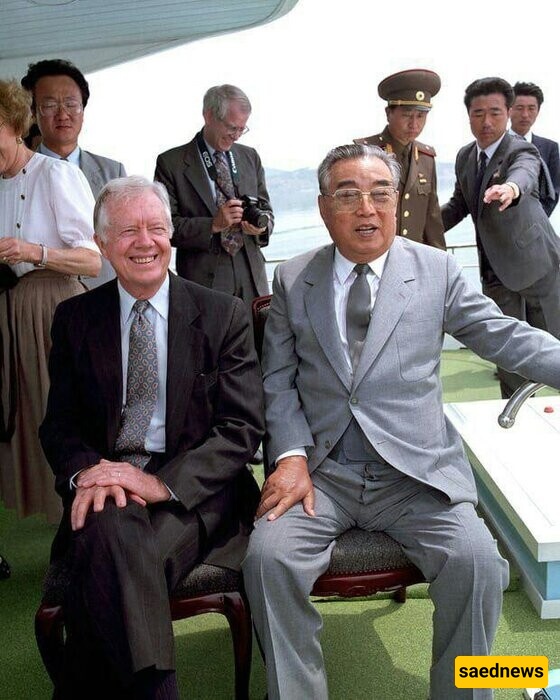
Kim Il Sung with Former U.S. President Jimmy Carter
The Koreans held a ceremony in a theater where 5,000 people sang the anthem “Ey Shaheed” in coordinated Persian, accompanied by a chorus and a conductor. It is unknown how much practice the Koreans had done, months or years, to be able to sing “Ey Shaheed” by 5,000 people in Persian on such a day.
Then they showed a scene of Korean performing arts that was very interesting. They blended three scenes like panoramic paintings so that at one moment it felt like the people in the film and in the panorama were the same. It was a film, but suddenly people came out from within the film and walked among the seats. They had made it very strangely. They came out holding candles and tulips, then went back, and one moment it struck the mind that these were all panoramas.
They showed the course of their revolution’s history from the day they fought America when they were backward to the day Kim Il Sung had built up the country and boosted industry and agriculture—all in two and a half hours with film and panoramas like this.
Another scene was their war scene, which was very strange. In a small place on a hill, they placed chairs and we sat in the dark night. They turned off the lights and showed a war scene. The film was made so well that we felt immersed in the battle with the Americans.
Of course, some of this film was real. The trenches were real, and they combined them with the war film in such a way that we felt like we were in our own Kurdistan watching the army’s Rios [a type of military vehicle for troop transport] going up the road, especially the sounds of the Rios and the planes bombing, followed by defeating the Americans and capturing their trenches, and then scenes of tying the prisoners’ hands and covering their eyes. When the film ended, we realized we were sitting in a desert. Four trenches and two pictures of the Americans being humiliatingly dragged out of the trenches were next to us. These scenes were truly a work of art.
I told Mr. Shamkhani, who was then the deputy commander of the Revolutionary Guards: We should really learn from these people. In an hour and a half, they showed the entire war with the Americans in the best way that made one feel as if they were in the war.
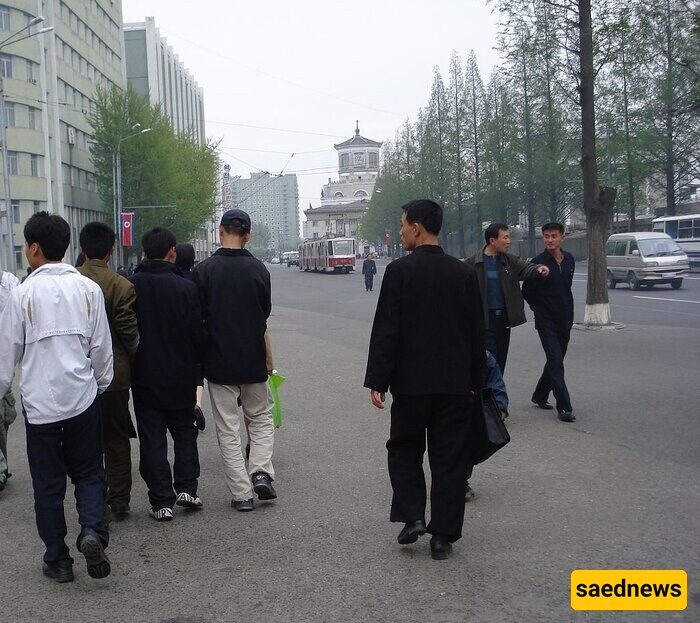
Typical Clothing of Young People in Pyongyang
In a garden where we were resting, there was a very large artificial lake constructed, and around it they had paved a path for walking. I saw the weather was clear and the place was nice, so after morning prayer one day, I came out to the yard wearing only my underwear and undershirt. The military police were surprised that this diplomat had come out dressed like this. I went towards the lake and ran around it four times, which was quite long.
During breakfast, Agha (the leader) said, "I heard you ran four laps around the lake?"
The next day, Mr. Mostafa Mirsalim and Mr. Shamsaei said they would come too. Mr. Shamsaei stopped halfway, but I ran six laps around the lake with Mr. Mirsalim. Mr. Mirsalim is also an athlete, an excellent swimmer and mountaineer who is stronger than me. We both ran so that neither would fall behind. We ran for more than one hour and ten minutes, then we did some stretching. That day, Agha said: "I heard you ran six laps. I thought if you stayed here for twenty days, where would you get to?"
Kim Il Sung was very heroic and strong, and at that time during a speech to the people of North Korea against America, he said: "I have made North Korea a bite that the Americans cannot swallow, because it gets stuck in their throats and chokes them."
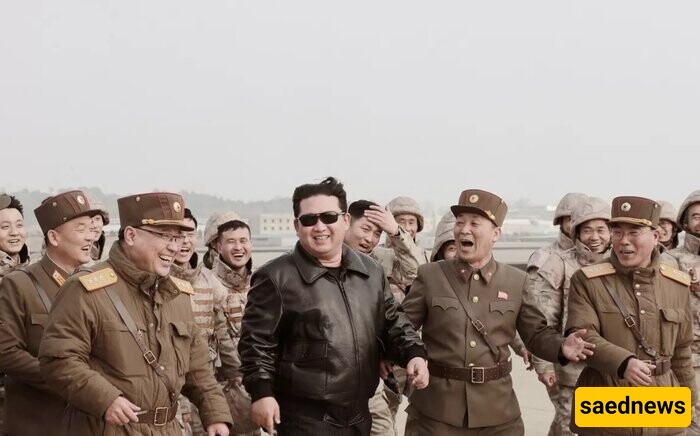
At the first meeting session, when Kim Il Sung arrived, he sat very majestically. Agha, without hesitation and very much outside protocol, suddenly said, "Why didn't you come to welcome us at the airport?"
Kim Il was shocked and said in surprise, "Yes?!!"
Agha said, "Yes, why didn't you come?"
The translator was stuck, not knowing how to translate this.
Then Kim Il Sung explained, "I apologize. Our protocol is to welcome guests at the palace."
Agha said, "What protocol?!"
This caused that when the delegation was about to return, the North Korean leader accompanied them to the airport and even stood at the airplane stairs until the plane took off.
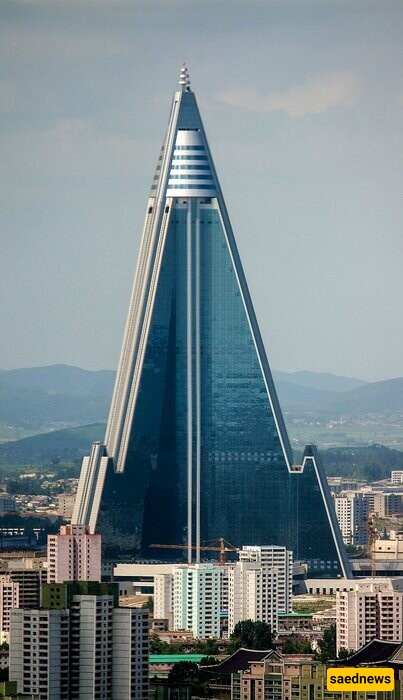
North Korean journalists were not allowed to take photos or videos from behind Kim Il Sung, because of a large lump located at the back of his head. If anyone did this, they would be prosecuted. But our Radio and Television team, who were with us, were clever and took photos and videos from exactly where that lump was.

